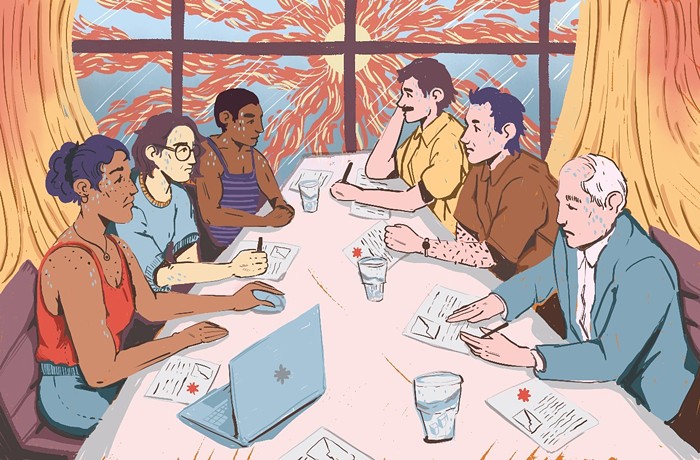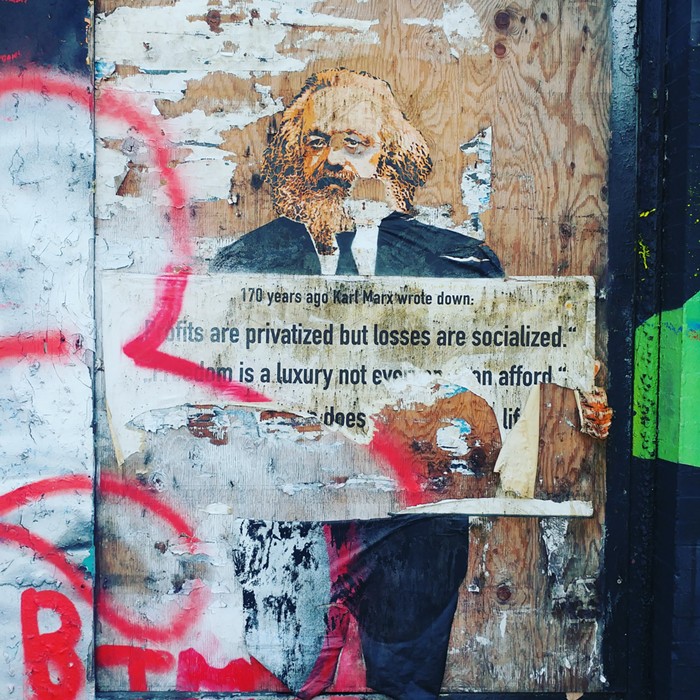This is the final installment in a month-long series. For the rest of the series, go to thestranger.com/news.
In general, we're not big fans of the Seattle City Council wasting time on getting all fired up about problems that it's not in a position to fix. (The plight of circus animals and the Iraq war come immediately to mind.) But here's one expression of council concern that was worth its while: the 8–1 decision, on January 25, to pass a nonbinding resolution calling on the state legislature to create a Do Not Mail registry that would give citizens of Washington the ability to opt out of getting useless, environmentally destructive junk mail every day in their mailboxes.
According to the nonprofit group ForestEthics, which pushed the measure, the American junk-mail business involves turning 100 million trees into 100 billion pieces of annoying solicitation—life-insurance scams, unwanted coupons, entreaties from predatory lenders—each year. In doing so, the industry pumps out carbon emissions equal to nine million cars annually, all so that close to half of its mailings can go straight into landfills unopened.
Council president Richard Conlin backed the measure despite concerns from printers and mail-workers unions, and he was right to do so. Now the state legislature should pay attention. Bills calling for the creation of a statewide Do Not Mail registry modeled on the national Do Not Call registry have stalled in recent years. Now is the time to pass one and give citizens control over how much predatory capitalism comes into their lives uninvited each day. If state legislators can finally summon the courage to lead the nation in creating a statewide Do Not Mail registry this year, hopefully their action will inspire other states and, eventually, federal lawmakers to follow suit (as happened with the national Do Not Call registry).
Speaking of problems in need of a multilevel government solution, the rickety South Park Bridge is now creaking into its 78th year and continues to threaten to fall down if someone breathes on it too hard. It's been given a federal safety ranking of 4—out of 100—and has the remarkable distinction of being less safe than the viaduct.
Everyone knows it's the only route that residents of the hardscrabble neighborhood of South Park have for getting across the Duwamish River and into the rest of the city. Yet after years of pleas from residents, no one seems sure of how it's going to be replaced.
The city council calls the bridge the county's problem, since the county owns it. The county has applied for nearly $100 million in federal stimulus funds to replace the span—it will cost about $150 million total—but it's not clear if the federal funds will come through, in part because the city council is competing for those funds for other projects.
Local elected officials must find a way to replace this unsafe bridge, and replace it now. An often-ignored, growing neighborhood needs it, and the constituents of everyone involved—city and county councilmembers, state legislators, and our representatives in Congress—deserve to have their government officials working together to solve such a basic safety problem along an essential traffic corridor. ![]()




















